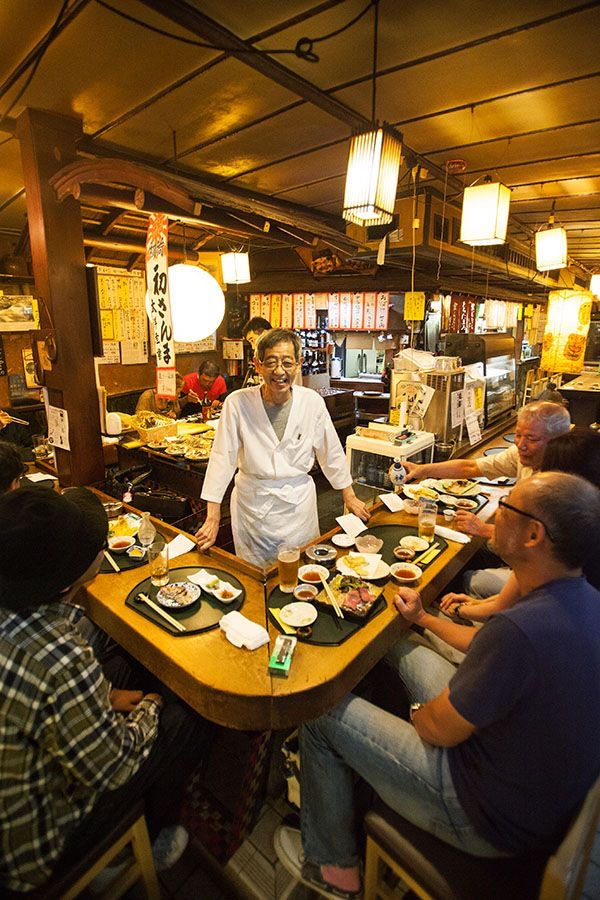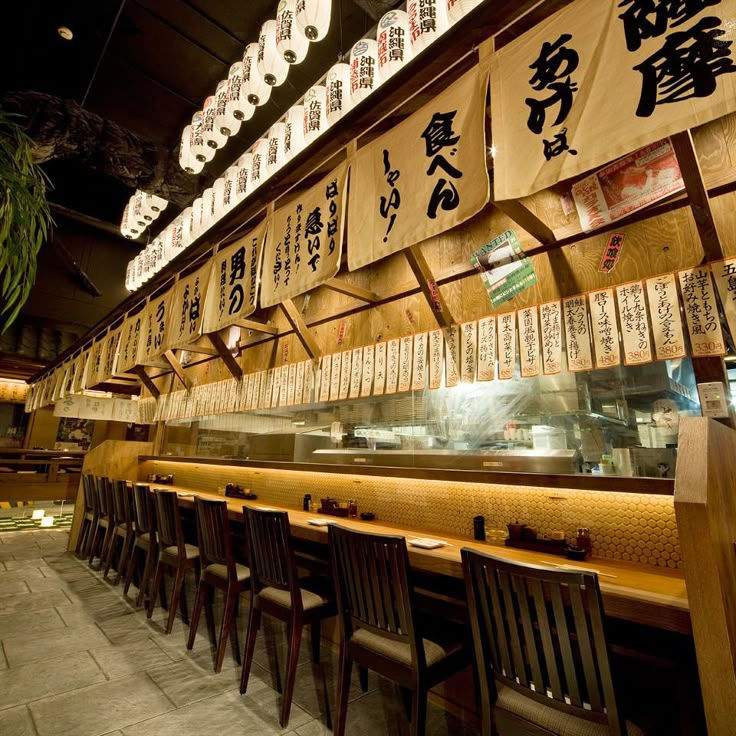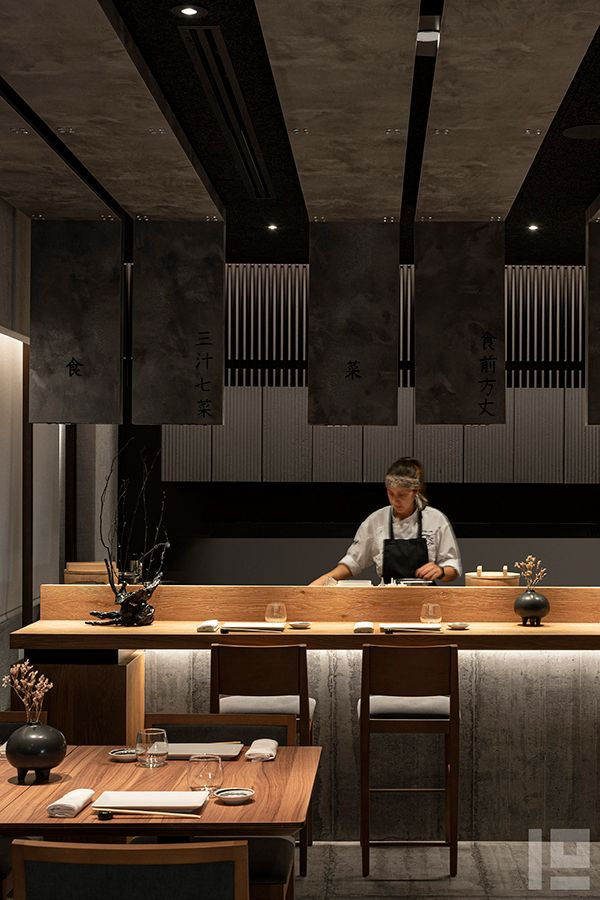It's not just cooking, it's the power of the staff that delivers "Japanese style"
- kforest0911
- 4月15日
- 読了時間: 3分
更新日:5月5日
~Human resource development for successful Japanese restaurants in the United States~
It was delicious, but I might not go there anymore." Japanese restaurants, which are said like that, have something in common. That's when there is a "discomfort" in the customer service and atmosphere. No matter how good the food is, if the staff's impression is bad, there will be no repeat customers.
So, what kind of human resources are needed to run a Japanese restaurant in the United States?
First of all, as a basic premise, speaking Japanese does not necessarily mean that you can serve customers well. What is more important than language is whether you understand the attitude of "hospitality".
In Japan, customer service is required to notice, talk to, and move casually before the other person says it. On the other hand, "friendly and positive service" is preferred in the United States, so a balance between Japanese and American styles is necessary.
For example:
Pour cold frequently
Explain the dishes carefully
Quickly lower the finished plate
Convey "Thank you" with all your heart on your way home
These are the moments when you can feel the "quiet hospitality" of a Japanese restaurant.
In addition, cooperation with the kitchen as well as the hall staff is important. The food must be served before it cools down, and that the presentation does not fall apart. The accumulation of small things leads to "high quality".
And another important thing is "team building". Training to convey Japanese culture to local staff is important not only to explain the rules, but also to convey the meaning of the background. For example, "Why do you serve towels?" "Why do you serve dishes in order?" By sharing these cultural values, the staff's understanding deepens and leads to more natural customer service.
Finally, there is one point to note when there are Japanese staff. "Too Japanese expressionless" can sometimes look cold in the United States. Just by being aware of a little smile, your impression will change a lot.
Of course, cooking is important. However, what remains in the customer's memory is the impression of "people". When all the staff can express their Japanese character as a team, the restaurant will be really strong.。
料理だけじゃない、“日本らしさ”を届けるのはスタッフの力
〜アメリカで成功する日本食レストランの人材育成〜
「美味しかったけど、もう行かないかも」そんな風に言われてしまう日本食レストランには、ある共通点があります。それは接客や雰囲気に“違和感”があった場合です。どれだけ料理が良くても、スタッフの印象が悪ければ、リピーターはつきません。
では、アメリカで日本食レストランを経営するうえで、どんな人材が必要なのでしょうか?
まず大前提として、日本語が話せる=良い接客ができる、とは限りません。言語以上に大切なのは、“おもてなし”の姿勢を理解しているかどうかです。
日本では、相手が言う前に気づき、声をかけ、さりげなく動く接客が求められます。一方、アメリカでは「フレンドリーでポジティブなサービス」が好まれるため、日本式とアメリカ式のバランスが必要です。
たとえば:
お冷をこまめに注ぐ
料理の説明を丁寧にする
食べ終わった皿を素早く下げる
帰り際に心を込めた「Thank you」を伝える
これらは、日本食レストランの“静かなおもてなし”を感じてもらえる瞬間です。
また、ホールスタッフだけでなく、キッチンとの連携も重要です。料理が冷めないうちに提供されること、盛り付けが崩れていないこと。小さなことの積み重ねが「クオリティの高さ」につながります。
そしてもう一つ重要なのが、“チームづくり”。現地スタッフに日本文化を伝える研修は、単なるルール説明だけでなく、背景の意味を伝えることが大切です。たとえば、「なぜおしぼりを出すのか」「なぜ料理は順番に出すのか」。こうした文化的な価値観を共有することで、スタッフの理解が深まり、より自然な接客につながります。
最後に、日本人スタッフがいる場合の注意点もひとつ。“日本的すぎる無表情”は、アメリカでは冷たく見えてしまうこともあります。少しだけ笑顔を意識するだけで、ぐっと印象が変わります。
料理はもちろん大切。でも、お客様の記憶に残るのは「人」の印象です。日本らしさを、スタッフ全体でチームとして表現できた時、レストランは本当に強くなります。




コメント